Voice of Cards: The Beasts of Burden | Review – A dark fairy tale
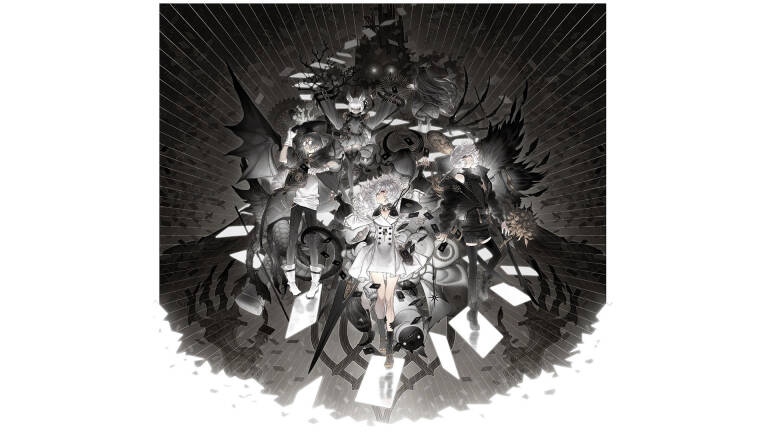

Not even a year has passed since Voice of Cards: The Isle Dragon Roars hit the virtual shelves of our consoles.
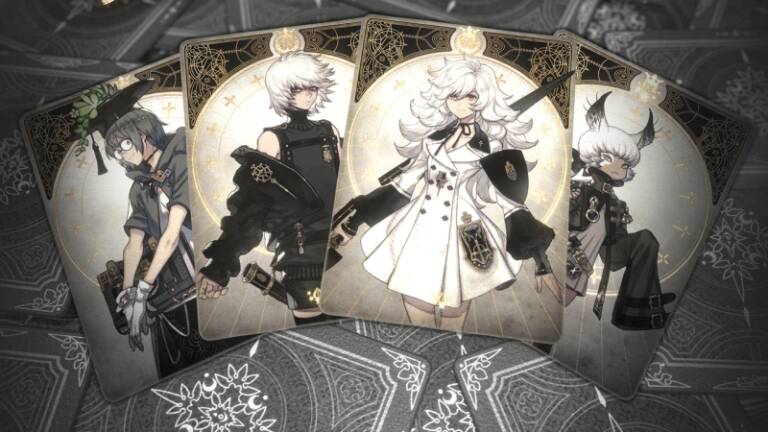

What seemed like an interesting experiment quickly transformed in a series: in February we saw the debut of The Forsaken Maiden, a standalone sequel that took up the same mechanics of the progenitor.
Today we are here to talk to you about the new chapter of the saga, which once again presents itself as a story in its own right compared to its predecessors.
We are talking about Voice of cards: The beasts of the burdenavailable on PlayStation 4, Nintendo Switch And PC.
In search of the stars
As we anticipated, The Beasts of Burden does not resume the narrative threads of the previous episodes, instead introducing a new cast of characters and a new game world. In this episode, we will get acquainted with Alphaour protagonist. The girl is a warrior whose job is to defend her underground village.
In this world, monsters roam the surface, and some human communities have decided to move underground to have a better chance of defending themselves from any attacks.
So far everything has been fine, but things are soon set to change. A surprise attack by monsters, in fact, leads to the destruction of the village of Alphe and the killing of all the inhabitants, including the girl’s mother.
Destroyed by grief, Alphe appears to be ready to take the final blow from a monster when she suddenly comes saved by a mysterious boy. Together, the two will travel to the surface and Alphe will see for the first time a world in which the day never ends, and in which it is not possible to see the stars she had long heard of.
Her new travel companion takes her to a city known as the City of Steel: here it will be discovered that it was the senators of the city who sent him to retrieve Alphe, as a legend says that living underground can kill monsters.
And the City of Steel is in desperate need of ridding itself of the Daimon of Steel, a mining demon that had allowed the city to thrive but now seems to have gone mad, suddenly becoming violent.
Alphe’s village is destroyed at the start of the game.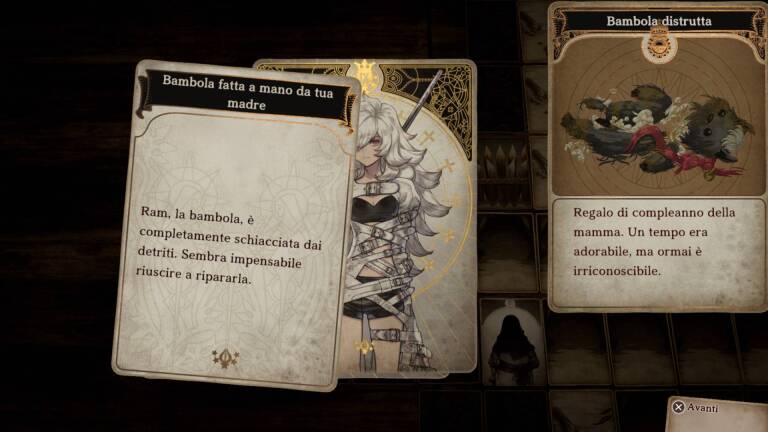

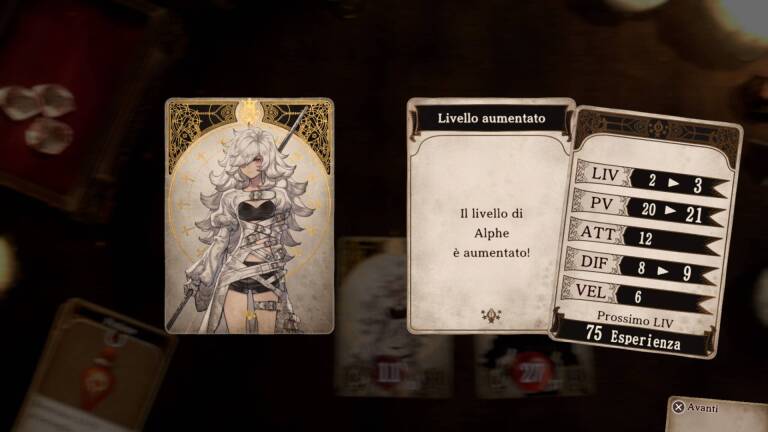

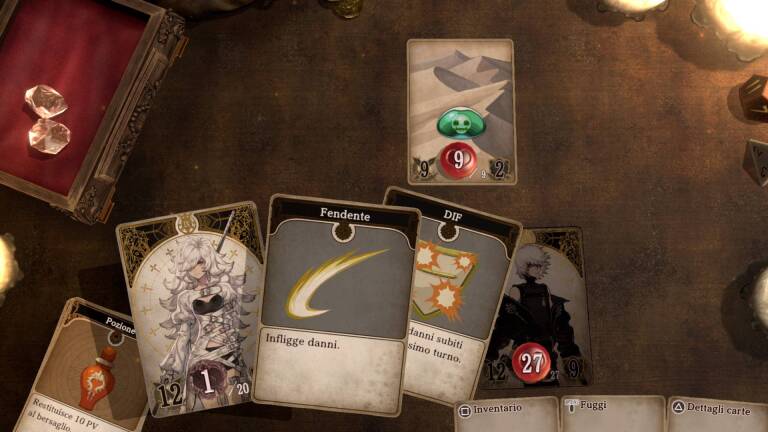

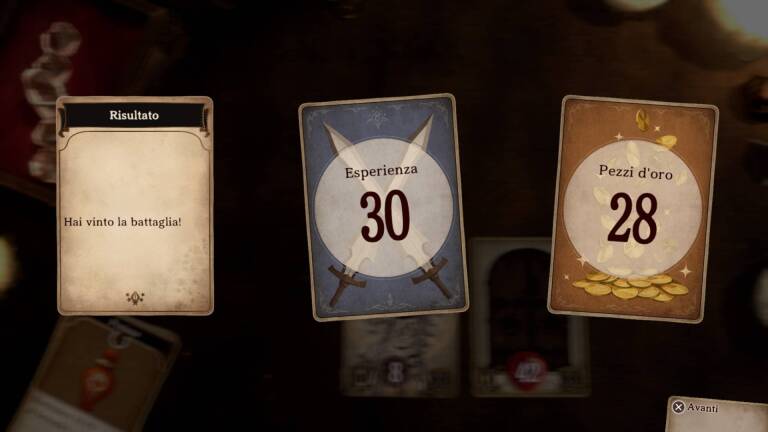

And this is where our story starts. Compared to the previous two chapters, the plot is a bit darkerwithout giving up moments of lightness and the fairytale atmosphere that permeates all the titles in the series (and if you are already convinced of the purchase, you can fill your virtual wallet via Amazon).
As in the past, we are not faced with an absolutely unmissable story or that will enter by right in the annals of videogame history, but the plot still manages to involve the player, above all thanks to its atmosphere.
A note that has weirded us concerns theItalian adaptationor rather the lack of congruence between the Italian adaptation and the English dubbing. At the beginning of the game, for example, the villagers are identified by the texts as relatives of Alphe; in the dubbing, however, only the mother is considered a member of Alphe’s family, while the others are not. We do not know what this inconsistency is due to, but it has left us dazed on certain occasions: it is likely that it is linked to the fact that Italian, as usually happens, has been localized from Japanese, while English takes its “licenses poetic “.
As usual, the adventure is told by a narrator, which for the first time is one female voicegiven by Carin Gilfry. We really appreciated her narration, which in terms of tone is a bit halfway between the previous two in terms of seriousness.
Moving on, on the front technician the game does not present any changes whatsoever compared to its predecessors. The same board game aesthetic remains, where the masters are the ones card illustrations. Fortunately, the character design by Kimihiko Fujisaka it is still great, and the characters and creatures of the world remain etched in the memory thanks to its peculiar style of drawing.
The same goes for the soundtrackagain signed by Keiichi Okabe, Oliver Good and Shotaro Seo; the tracks are all very atmospheric, and they manage to perfectly convey the idea of being inside a fairy tale.
The battle system has remained unchanged.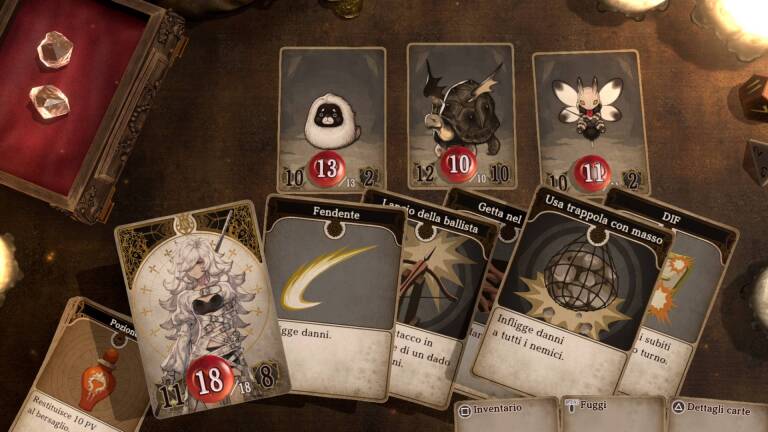

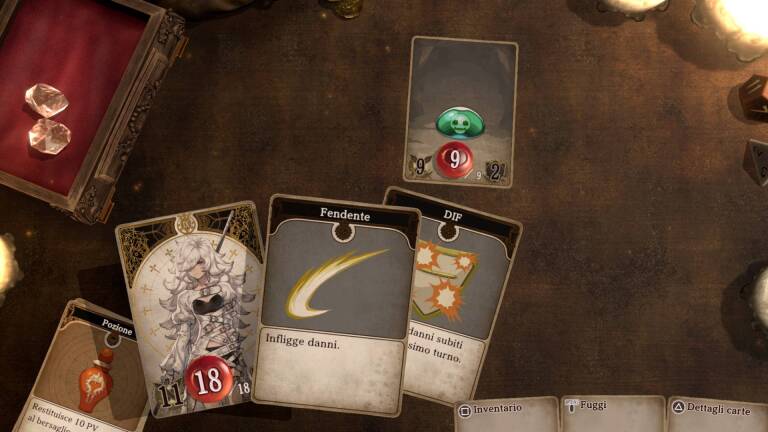

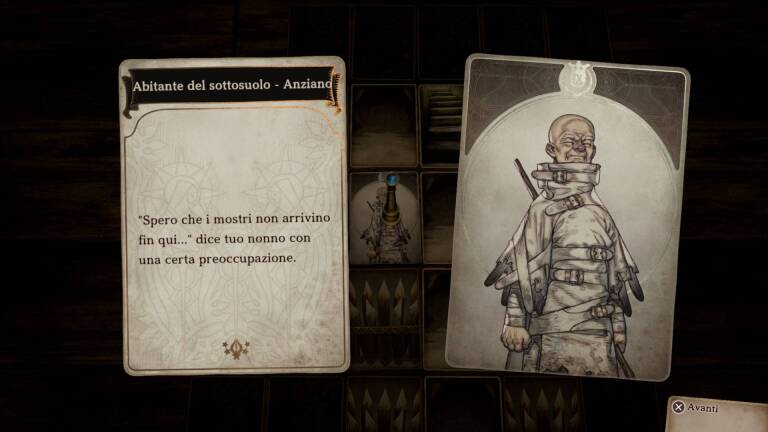

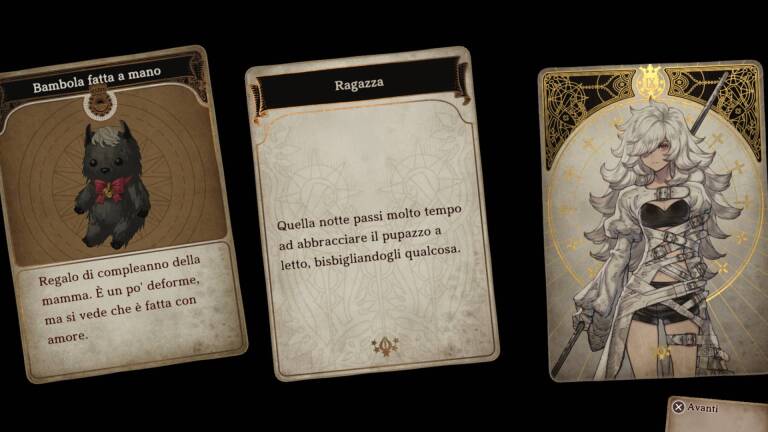

Tabletop adventures, once again
If you have read at least one of our reviews dedicated to the previous chapters by now you know what to expect from The Beasts of Burden. The game, in fact, substantially resumes the gameplay of the two past episodesintroducing some small innovations that do not, however, affect the general system.
Long story short, in case you don’t know what we’re talking about, Voice of Cards is a series of Classic JRPGs with turn-based battlesbut disguised as a board game. Instead of moving our characters in a two-dimensional or three-dimensional overworld, we will move a pawn on the cards that make up the setting; even the battles are made through the use of cards, just like in some board games (if you are looking for something completely classic, find the recent Live a Live on Amazon).
As for the battle system, this too has remained unchanged. At each turn, we will have the cards to use for each of our characters involved in the battle. Some skills require the consumption of crystals to be used: normally, we will accumulate one at the end of each turn, so we will have to decide carefully how to use them.
There are some skills that, to confirm their success and evaluate their effectiveness, require the virtual roll of a d6 or a d10. There is also a elemental damage system: every creature has weaknesses and resistances towards certain elements, and learning these details can be fundamental for the success of a battle, especially in the final stages of the game.
We will be able to take advantage of the shops to update our equipment.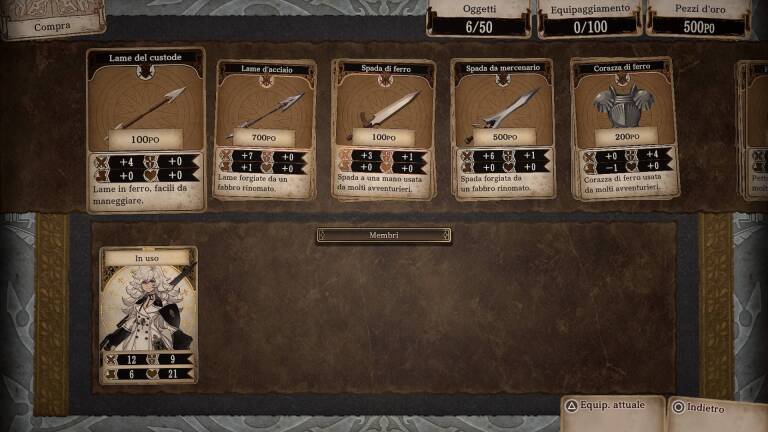

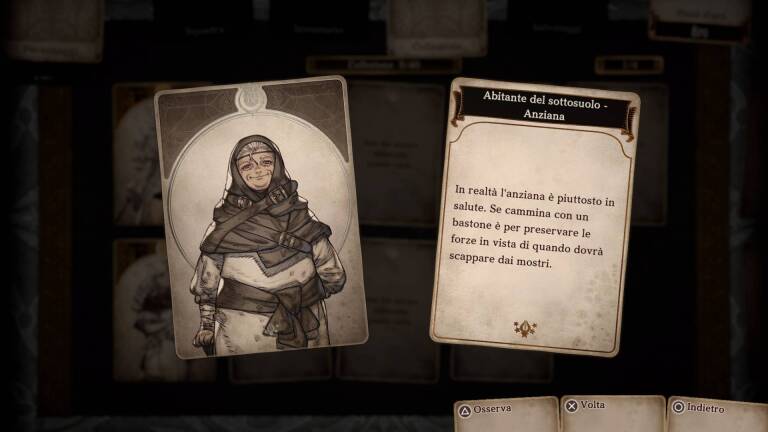

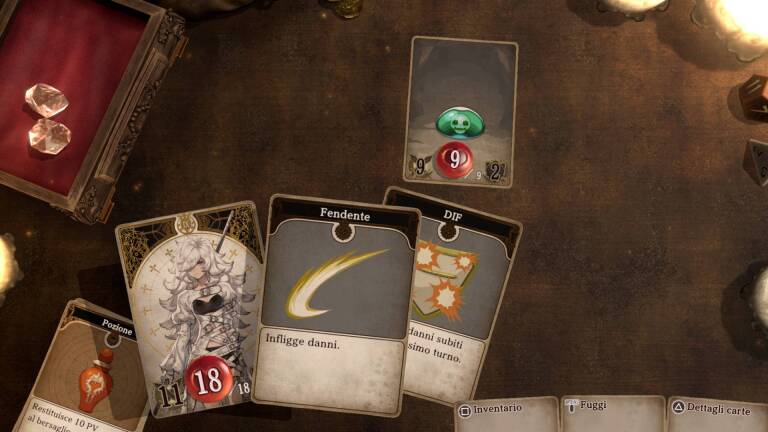

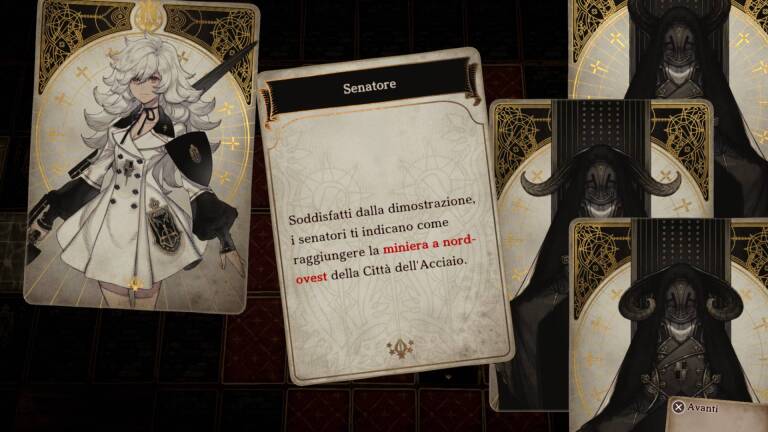

So far, nothing new. The only real novelty compared to the predecessors is given by the possibility of catch monsters. This new mechanic will allow us to transform opponent monsters into real monster cardswhich can then be used in subsequent battles.
Each monster card has different effects, ranging from devastating attacks to team stat boosts. There are several ways to get these cards: sometimes they will simply be given to us as a reward at the end of a battle, other times we will find them in chests and other times we can simply buy them.
Obviously, the best thing is to get as much of it as possible; not only for collecting purposes, but also because among these monster cards are some of the best moves available in the game.
Apart from this element, The Beasts of Burden does not present any other news compared to the first two episodes. Which is frankly a shame, because this series would need to make the formula evolve basic, which is also very good.
For example, it would have been interesting to introduce a real game mechanic for capturing monsters, rather than offering them as a reward at the end of the battle; or again, the ability to summon captured monsters, and maybe be able to use them directly in battle, instead of simply making them a move like others would have had a greater impact in terms of gameplay.
Don’t get us wrong: We liked The Beasts of Burden. It is an intriguing adventure that manages to hold attention and entertain without problems in its eight hours of duration. The point is that, while it is true that the series represents a rather unique concept and therefore the formula has not yet become stale, we would still have liked to see some news, even small ones.
How long can the series go on without bringing anything new to the table? Our hope is that the development team will decide to bring in new elements before we get a feeling of tiredness towards the series.
Version reviewed: PS4







